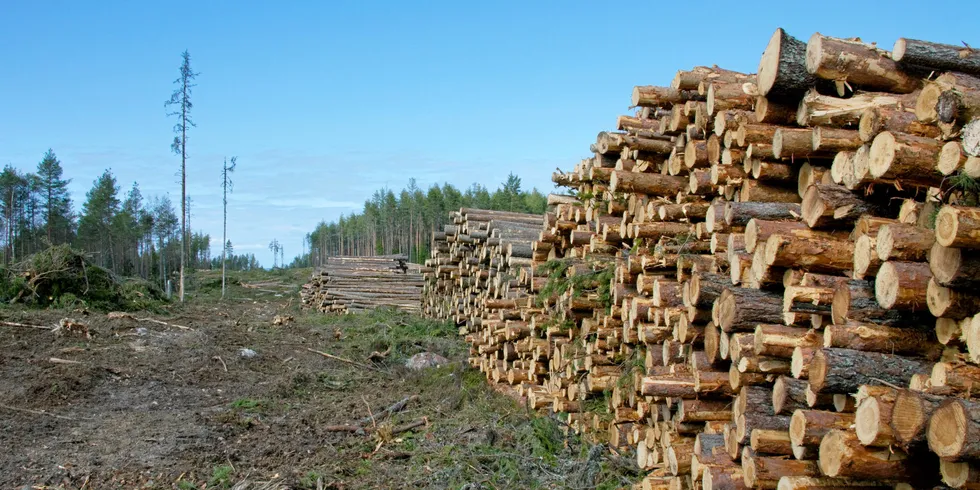'Climate harm risk' of biomass for power production without CCS, warns major report
The use of carbon-absorbing plant matter for aviation and carbon removal makes sense, but wind, solar and hydrogen are better options for everything else, according to Energy Transitions Commission study
